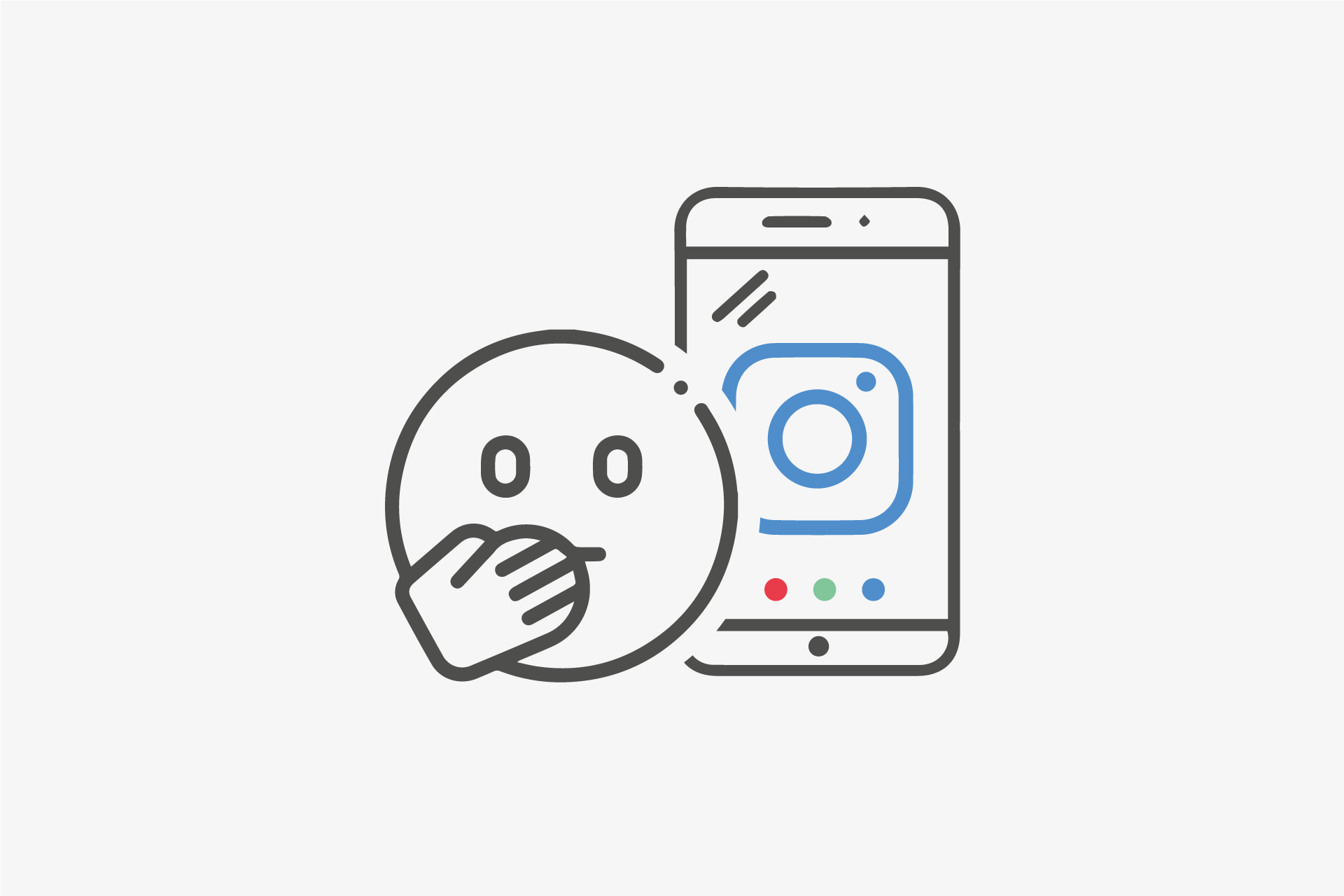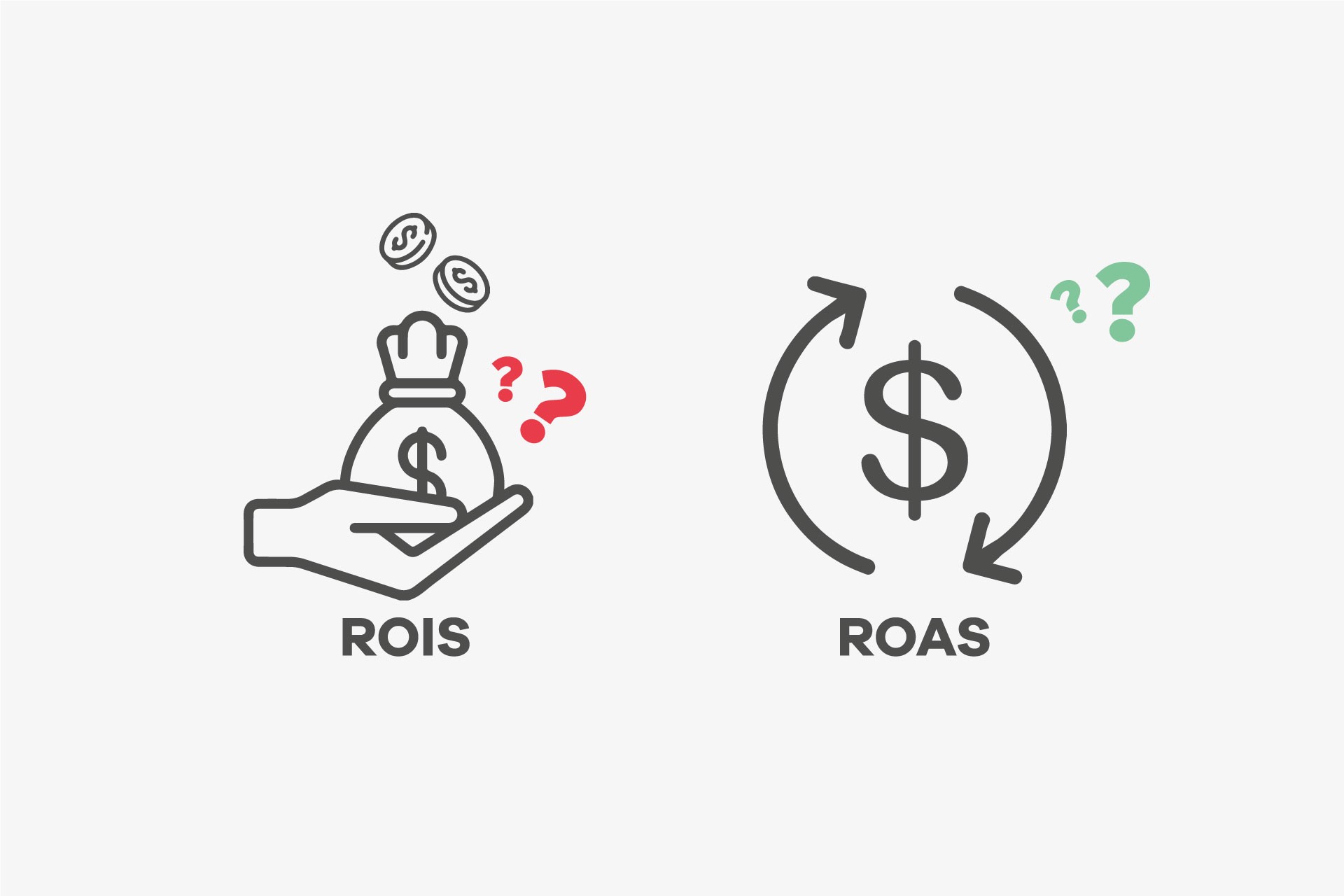Articles
The secret that Instagram doesn't want you to discover
We take a look at the Instagram algorithm change and how to create relevant content to your business
Pamela Ulloa | 17 Mar 2021
Customer Journey in Hospitality
Customer Journey is the path a customer takes to satisfy their needs and desires through a consumer choice.
Francisco Nuñez | 22 Feb 2022
What is ROI and ROAS? Optimize your budget to generate results
At Axovia we focus on results and that is why one of the main metrics we measure is ROI and ROAS, in this blog we will explain a little more what is ROI and ROAS and 3 Keys to improve them.
Rafael Montero | 21 Dec 2022



